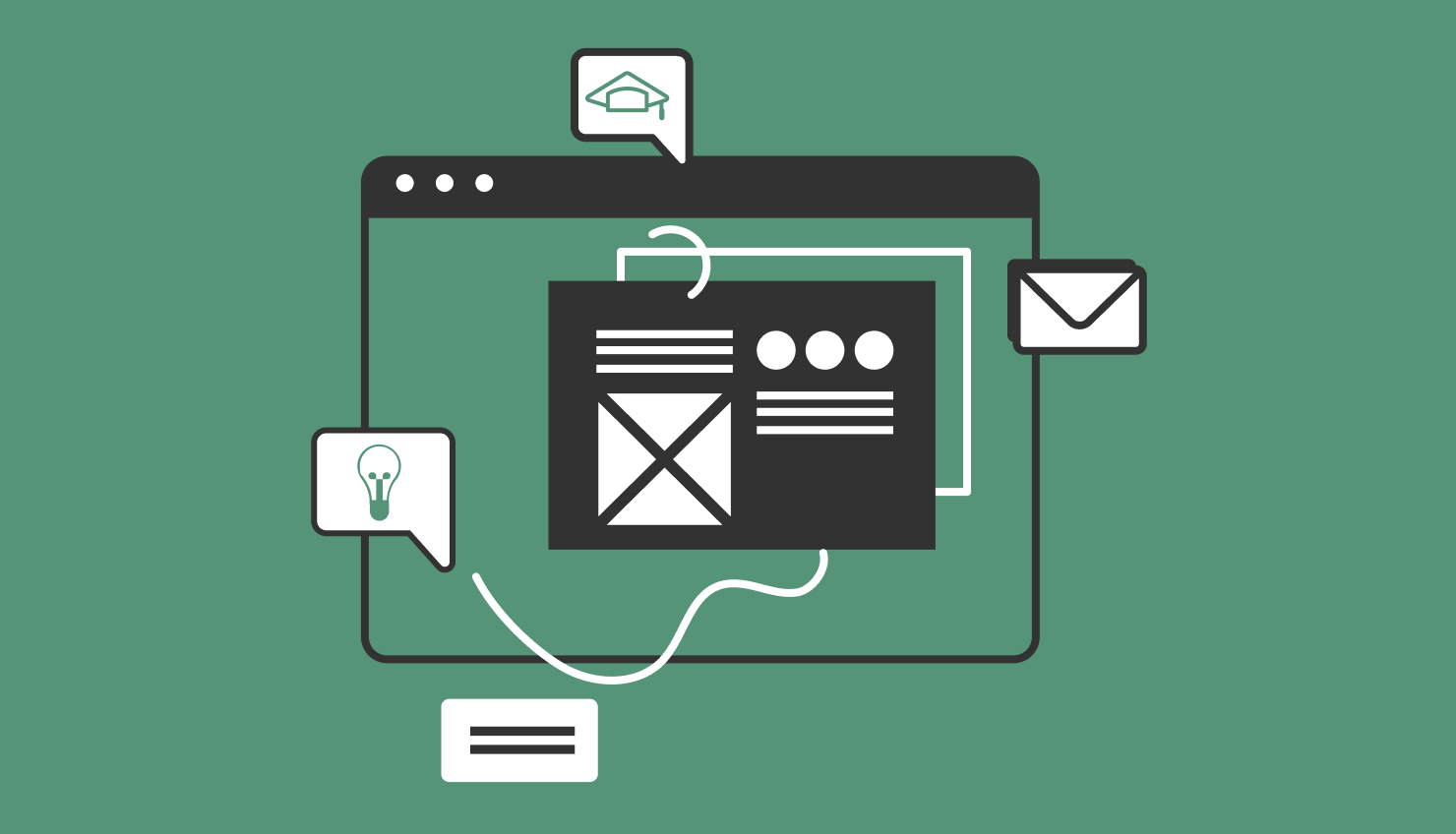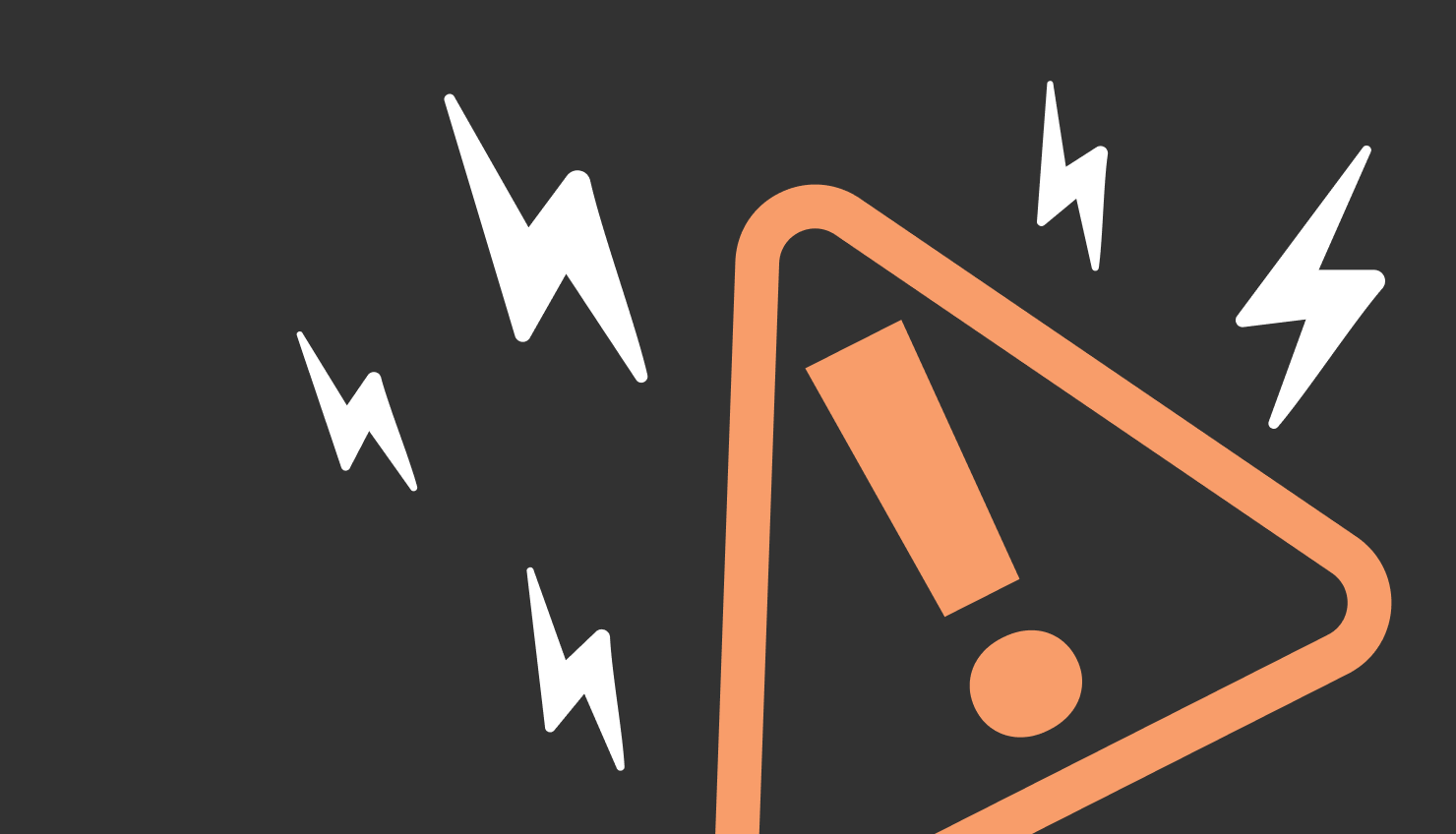In this article, we’ve put together our 10-step guide to help you answer the question: How to write an eLearning course?
1. Start by Answering the Why
In a world of busy professionals, people need to understand why your eLearning course will help them get from point A to point B. This means you need to inform your audience what skills they will learn, how they will learn them, and why these skills are worth learning. Then, once they have understood the “why”, they will be emotionally engaged with the course to follow through.
One highly effective way of defining how to write an eLearning course is to prepare learning outcomes for your eLearning platform. By borrowing a few key verbs from Bloom’s taxonomy, you can create focused learning outcomes that guide the reader about your content strategy.
If you’re not sure how to use Bloom’s taxonomy, here’s a quick YouTube video to get you up to speed.
Let’s go over an example first.
Suppose that the learning outcome is to create a website. The word “create” indicates that a few lines of text probably won’t be enough to make the point, because we’re expecting the audience to apply what they’ve learned. So we may also include an online workshop, where the audience can practice their skills by making an actual website.
2. Know Your Target Audience
While deciding how to write an eLearning course, you should investigate your target audience. Knowing your audience is one of the cardinal rules of writing an effective eLearning course. The more you know about your audience, the easier it becomes to shape your message in a way that resonates most with them. Also, it enables you to choose the most appropriate informational material, figure out the most effective instructional strategy, and select the right multimedia to transmit the message.
You will have to focus on various factors when analyzing your target audience: psychology (mental makeup, belief systems, and preferences), demographics, technical skills, among many others. For each of these factors, you will have to answer some questions that will help you think more about your audience.
Below are a few pieces of information you should collect about your audience:
Age, gender, language, educational background, professional, career level, nature of the job, geographical location, professional goals, passion about the subject matter, type of media they prefer, tech-savviness, and available bandwidth for streaming, among others.
3. Put Key Information at the Top
Attention span is a finite resource and your audience is running out of it. You probably already know about the famous study from Microsoft about humans having an attention span of fewer than 8 seconds. That means you have to get to the point and prioritize the most necessary information at the beginning of the course, you can add in the minor details later. Consider giving information on a need to know basis only. Omit any finer details that don’t contribute to the context and only add to their confusion.
By understanding how to write an eLearning course you will organize your ideas which consequently helps to write an eLearning course. Start by figuring out the best way to present the content. If you’re writing multiple courses, find a logical chain of predecessor and successor eLearning courses. This will reinforce your previous content as you go along to the next course.
Map out the course in a sequence that gradually progresses from basic to more sophisticated concepts. Write an outline or flowchart to organize your strategy. Consider using a mind-mapping application such as MindMeister to capture your ideas visually. You must understand how to structure your online course before writing it.
4. Organize Content with a Logical Structure
Most online courses jump from one theme to another – almost as if they’ve been stitched together haphazardly from two distinct pieces of ideas. They have shared very few cohesive themes and almost no connecting information.
For instance, slide 4 might say, “These are the essential steps of submitting an audit report.”
Slide 5 says “These are the risks of not submitting an audit report.” Slide 6 goes off on a tangent about another factoid that is seemingly disconnected from the previous slide. This is ineffective and sloppy.
This is why you need to map your education course to connect and organize all learning modules.
It simplifies eLearning education by using techniques to make one slide build off from the previous slide. This is how you get readers to stay and continue to the next slide.
This could be as simple as saying, “Now that we’ve covered the steps for submitting your audit report, let’s explore key reasons why it matters and the risks for not getting it right. Let’s find out.”
5. Keep the Language Simple and Direct
No matter how technical or complex your course, when you are asking yourself how to write an e-learning course, it is very important to make it readable and user-friendly. After all, comprehension is key for anyone hoping to write an online course. You can provide your audience with all the information they need but are they absorbing the main takeaways? Can they use the ideas you wrote in the real world to increase productivity?
Write an e-learning course with simplified concepts and avoid bulky text blocks. This is because people hate bulky text blocks and will click away as soon as they spot daunting walls of texts. Or they may try to absorb as much information as they can, but it could lead to cognitive overload. Not a good situation either way.
For this reason, you should break the text into bullet points, timelines, and subheaders. As an example, create a clickable list that features the main ideas or concepts. Most learners can access one topic at a time.
6. Use Active Voice
Good writing is about making your sentences more reader-centered and concise. In the same vein, your eLearning course should engage the reader instead of boring them out of their minds. If your text feels drawn-out and monotonous, it will turn your readers away.
One effective way of writing reader-centered content is to use active voice instead of passive voice. For example, don’t write: “this entire course was written by John Doe,” say, “John Doe wrote this entire course.” Action verbs help make your sentences more fun and exciting to go through.
7. Create Relevant Titles
Try to brainstorm ideas for fun and clever titles that are eye-catching and memorable. The title should provide a structure for your course. It is worth pointing out that most people who write an e-learning course tend to skim the content in search of information. Titles are a great way of giving students a heads up about what’s coming up.
The best titles often start with “what, why, how, and when” because they naturally trigger a person’s natural curiosity and lets them quickly know what will be answered in that section.
One recommendation is to use the colon. The colon (:) is like a ‘cheat-code’ for making catchy titles because of how it blends descriptive writing with meaningful words. They also make the descriptive half of the title much more engaging, which often gets ignored by readers due to low attention spans.
Example: Beginner Guide: How to Write an eLearning Course
8. Utilize Connecting Words
Connecting words let seamlessly you connect one idea from the previous sentence to the next. Here’s how it looks like:
-
Use numbers and words like “first,” “moreover,” and “finally” to present your ideas as a sequence. Hint: If you are using “first” as a connecting word, you must also describe what comes next using words such as “secondly” and “lastly.”
-
Use connectors such as “consequently,” “since,” and “therefore” at the beginning of the sentence to segue into your next point.
-
Use quandary connectors when segueing into a problem or a solution. These words include, “on the contrary,” and “however.”
If there is a particular idea that you feel is important to the eLearning course, the best way to set it apart is to highlight it. Don’t overuse the highlight feature too much because it will defeat the point of trying to bring attention to certain ideas.
9. Tidy Up the Grammar and Punctuation
Part of your job when you are thinking about how to Write an eLearning Course is to polish your content before you hit publish. A single error or typo can wreck all your hard work. It tells readers that you were in a hurry and could not check the course or think you don’t care enough about the finer details. Worse still, it may substantially delay or prevent readers from following the course outline.
Grammar errors are easy to avoid and should not get in the way of your learning material. Ask a friend to go over your content and identify potential grammar errors. Alternatively, you can hire an editor to go over the work for you. One easy proofreading technique is to read aloud your work. If the sentence contains an error, it will sound very wrong when read aloud.
Once you have done all the manual proofreading, run the text through an app like Grammarly one final time. Grammarly detects basic grammar problems that a human eye may easily miss.
10. Add Interactive Elements to Boost Engagement
We are more hardwired to respond to visuals than to words. This is why people are hooked to Instagram. The same principles carry on to eLearning because the brain processes visuals faster than text. This is why you must include engaging visuals in your course to supplement your text. Pictures, videos, and other multimedia take away from the burden of going through giant walls of text, navigating semantic ambiguities, and making sense of complex sentence structures.
Our favorite method is to use visual tools like graphs and charts to explain complex patterns, reveal unknown trends, and associate seemingly unrelated themes.
-
Flow carts can represent a series of steps. They are very useful in visualizing a multi-step process.
-
Pie charts are particularly effective at displaying percentages – for instance, how much corporate spending went to each department last year.
-
Vertical bar graphs are good at showing change over time – for instance, total sales made over the last ten years.
Pro Tip #1: Treat Your Audience Like Adults
So many people who are thinking about how to Write an eLearning Course tend to patronize their audience, talk down to them, and essentially assume they are idiots. eLearners are busy professionals with very little free time in the day, so make sure to treat them with the respect they deserve. The tone of your content should sound like an adult speaking to an adult, not a parent disciplining their child.
Do you want to go over pointless dictionary meanings on every single screen? Don’t you think they learned these things before deciding to go through your course?
Instead of telling your readers what they should do, try to explain to them why doing so would be a valuable use of their time. Think like a savvy marketer and make your content more appealing, create the desire, and get your readers to see the benefits of completing your course.
Instead of saying, “In this course, you’ll learn the 10 things you need to run an effective business,” try: “Take 60 minutes to find out how to effectively manage a successful business.”
Pro Tip #2: Be Original
There is endless content material out there, including great articles, videos, and podcasts. It can be tempting to pick the content from somewhere else and call it a day. However, if you want your course to truly take off and resonate with your target audience, you will want to be original. It should be easy to write an eLearning course that is at least 50% original.
A good idea is to make videos and create infographics and podcasts that your audience won’t be able to find elsewhere.
Bottom Line
Creating an eLearning course requires more than just subject matter expertise. It requires a good understanding of creative writing to convey clearer instructions and deliver high-quality lessons. Don’t be afraid to revisit your draft and make multiple changes to it. Cut what isn’t relevant and always take a break from work.
Now that you’ve learned how to write an eLearning course, it’s time to start building one using our Open edX LMS. Educate your learners in hyper-intuitiveve learning interface. Click here to get started.
- 1. Start by Answering the Why
- 2. Know Your Target Audience
- 3. Put Key Information at the Top
- 4. Organize Content with a Logical Structure
- 5. Keep the Language Simple and Direct
- 6. Use Active Voice
- 7. Create Relevant Titles
- 8. Utilize Connecting Words
- 9. Tidy Up the Grammar and Punctuation
- 10. Add Interactive Elements to Boost Engagement
- Bottom Line






